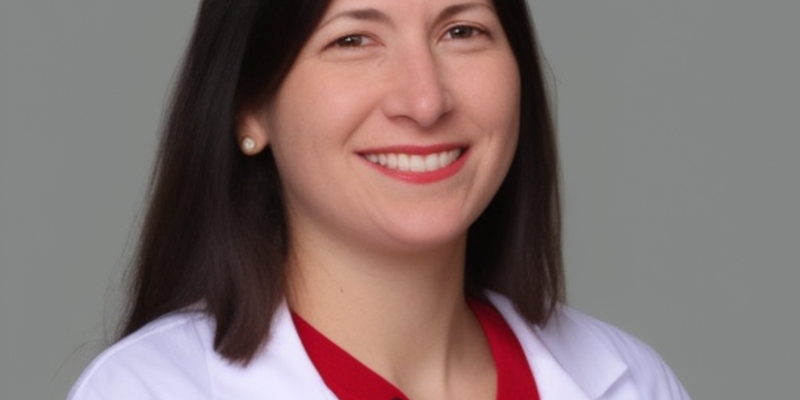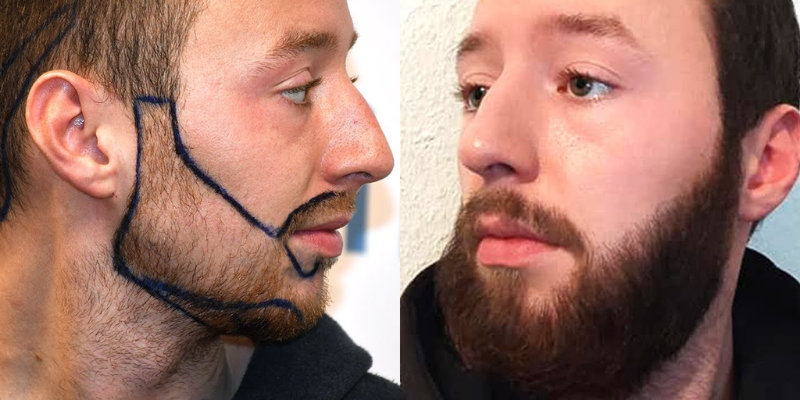Beard Implants
For many men, growing a beard is more complicated than simply eschewing razors and letting it happen. Beard style doesn’t usually grow evenly across the face, leading in uneven facial hair rather than a fashionable beard. Or you could have a genetic reason that makes growing a beard nearly impossible. If your facial hair follicles aren’t working, you can try a beard implants, just like you can transfer your own hair to the crown of the head to address a receding hairline.
A surgeon will examine your hair to see if you’re a suitable candidate, and then you’ll have to determine whether the cost is justified.
There’s no promise you’ll satisfy with the consequences, just as there’s no certainty you’ll be happy with the consequences of any medical operation. Scars from beard implants are always a possibility.
However, if you can locate a qualified specialist, it may be worth looking into if a few hours at a physician’s surgery office might supply you with a beard that will last a lifetime.
What Is a Beard Implant, And How Does It Work?
- A beard implant includes transferring hair from one part of your body to your jawline and other locations where you want your beard to grow.
- That may seem to be a simple procedure, but it is anything but. A physician can adopt one of two methods:
- Follicular unit extraction (FUE). This procedure entails one-by-one extraction of complete follicular units from the donor site. FUE is less unpleasant, which may explains why it is the preferred procedure.
- Transplantation of follicular units (FUT). In this procedure, a doctor cuts the hair follicles from a thin strip of tissue taken from the back of the skull.
A follicular unit is a small collection of hair follicles that emerge from the skin through the same exit route.
Both treatments extract two thousand to five thousand hair follicle grafts or more from the back of the skull, generally at or below the level of your ears, and transplant them on the face.
A graft is a grafted hair follicle.
How Does The Procedure Work?
The following is a rundown of the stages included in the procedure:
Harvesting of Beard Implants
Whether you opt for a FUT or a FUE, your operator will begin by shaving the area on your skull that will harvest.
This allows them to see the hair follicles more clearly. You’ll give a local anesthetic before the harvesting starts, so you won’t feel the implant or harvesting.
The surgeon will administer a general anesthetic into the region of your face where the implantation will implant once they have removed the follicles from your head.
The doctor will next transplant every follicle into your face skin, forming your new beard according to your and the physician’s pre-surgery agreement.
Recovery of Beard Implants
After the beard implants operation, you’ll need a day to recover. Small crusts may form around every newly transplanted hair follicle, but they should go off after a few days.
After a week to ten days, you should be able to resume regular trimming and shaving of your new beard.
However, keep in mind that after two or three weeks, your new beard hairs may fall off. This is quite normal, and new hair is growing in to take their place.
What Kind Of Person Is A Good Candidate For This Method?
Since they collected hair follicles from the nape of the neck, keeping healthy hair follicles in this location is critical.
This is one of the last places of the head to become bald, so even if you’re losing hair on top, you’re still likely to have good regrowth on the nape of the neck.
If there are enough follicular units to transplant, your physician will check your scalp.
If it appears that there are not many hair follicles to harvest, your treatment may involve other options.
How Can You Tell Whether a Beard Implants Is Working?
They must establish the implanted hair follicles into place and growing within three or four months, irrespective of the treatment used.
If you have a full, strong beard that you can care as if it had always been there after eight or nine months, you know the beard implants were effective.
FUE and FUT both generate natural-looking beards, although FUT beards are fuller.
This is because when a piece of skin has removed, additional follicles have frequently taken. Contemplate FUT if you want a thicker-looking beard.
Beard transplant failure is uncommon and mainly results from incorrect donor region harvesting.
Is There Anything I Should Be Aware of In Terms of Precautions Or Adverse Effects?
The harvested region on your skull and the transplanted portion on your face will require specific attention after surgery. They should keep both locations in good condition.
Instructions For Aftercare at Home
Your doctor will offer you information on how to care for yourself at home. Antimicrobial treatment for your hair and face may be one of them.
- Swimming is one of the hobbies to prevent for at minimum the first few days.
- direct sunlight exposure
- smoke
- Taking a sauna or soaking in a hot tub
contacting, scratching or rubbing the harvested or implant regions during severe physical exercise, particularly anything that causes a sweating
It’s possible that you won’t be able to wash your face for some days or that you won’t be able to scrape it. Your skin will irritating and sensitive, but try to ignore it to prevent inflammation and infection.
Side effects that could occur
On your face and scalp, you may experience the following side effects:
- Tightness
- numbness
- redresses
- swelling
- crustiness or transient scabs
In the donor site, scar tissue is prevalent, but it is usually hidden by your organic hair growth. FUE leaves out a lot of microscopic scars that are usually hidden. FUT, on the other hand, results in a single lengthy scar on the back of the head.
There must be no damage all around implant locations on your face, however you may experience some transient scabs.
Consult your doctor if the crustiness, swelling, redness, or irritation continues after a few weeks.
Getting Hair Implants, Turkey Istanbul
For those considering getting hair implants, Turkey Istanbul offers the best and most experienced surgeons. Whether you are looking for traditional hair implants or a more modern follicular unit extraction, these surgeons will be able to provide the best results for you. They are also very knowledgeable about the latest treatments and technologies available for hair implants, so you can rest assured that you will be getting only the best service possible. Furthermore, with great prices and excellent aftercare services, there is no reason not to choose Istanbul as your destination of choice when it comes to getting Turkish hair implants.

Be sure to review all documents provided by the clinic thoroughly so that you understand what is involved in hair implants Turkey Istanbul surgery including any potential risks or complications associated with it. Speak with the staff at a variety of clinics and ask questions about their experience and qualifications, as well as any potential risks or complications associated with the procedure. Make sure that both you and your doctor are comfortable with all aspects of the procedure before proceeding. With good research, you can also learn the hair implant Istanbul cost.



